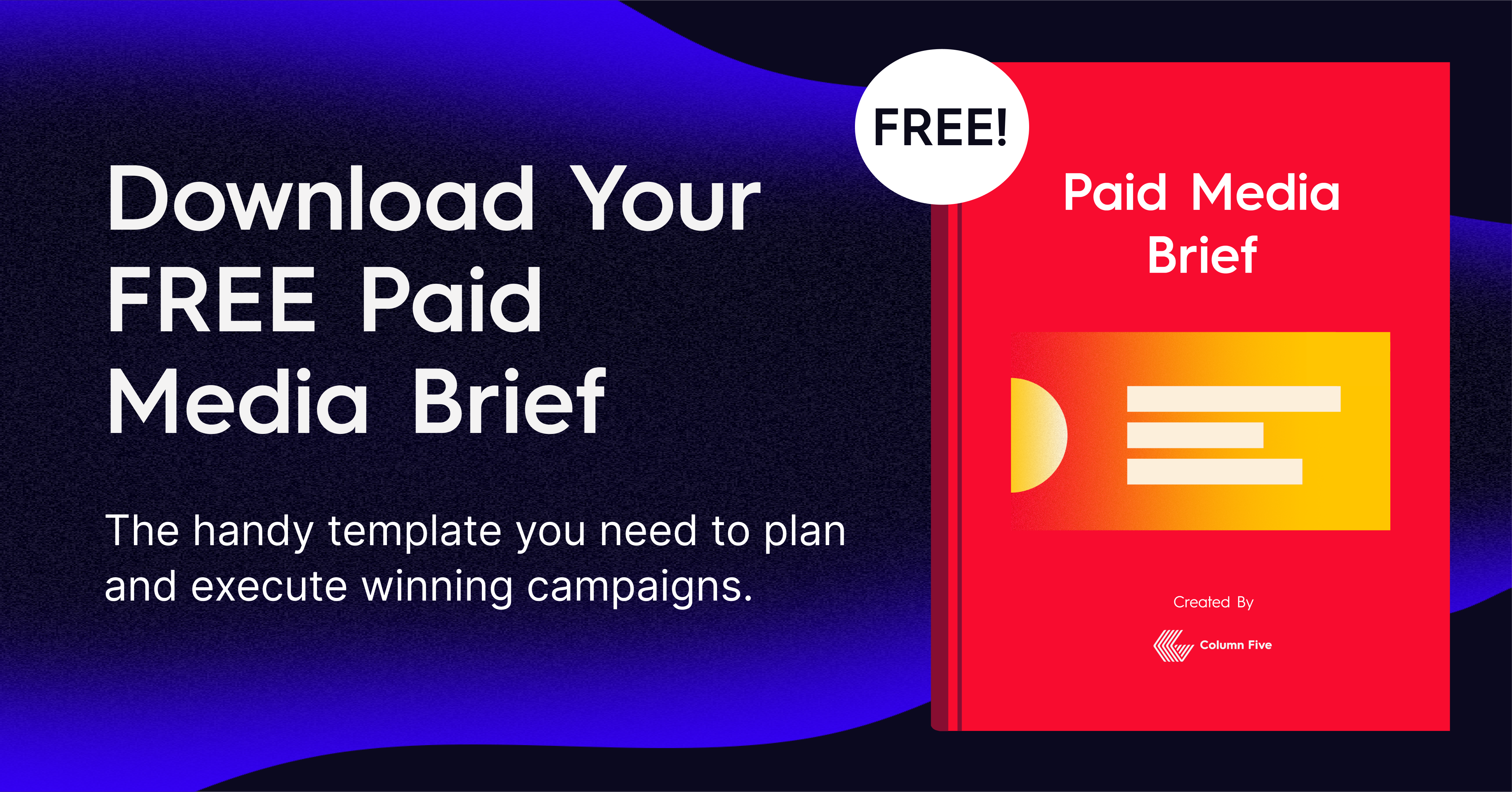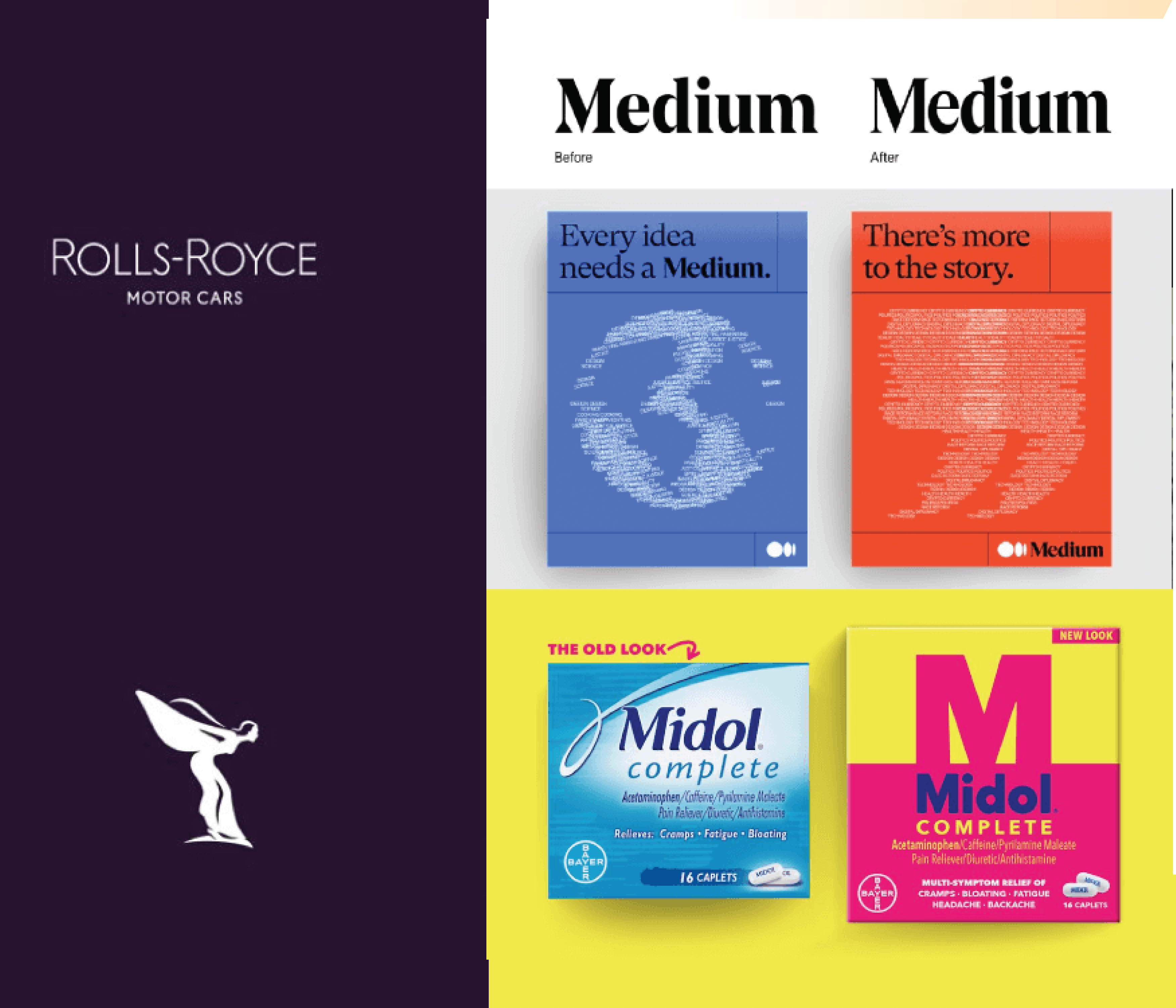Let’s be real. The last two years have been pretty brutal for marketers. A struggling economy, the advent of AI, and sinking SEO have turned many go-to strategies upside down. To reach our market, we’ve doubled down on paid media efforts—specifically on Google Ads.
But running a successful Google Ads campaign is its own challenge, which is why we always use a test-and-learn approach to run lean experiments, gather data, and optimize accordingly. Our latest test used a fresh strategy we hadn’t tried, garnering an impressive 20% CTR. The secret approach? Targeting competitor keywords.
This simple tactic can pay off in big ways—no matter your product or industry—if you deploy it correctly. Here’s why you should consider adding it to your GA strategy (plus our best tips to help you do it).

Why Target Competitor Keywords?
There is a lot of competition out there, but sometimes you can use that to your advantage. Targeting competitor keywords is a strategy that involves bidding on search terms potential customers might use when searching for a competing product, service, or company. This has several key benefits.
- Capturing your competitor’s audience: By appearing when users search for competitor brands, you intercept potential leads before they even land on your competitor’s site.
- Increasing brand awareness: Your ads can appear next to or above competitor results, helping boost your brand’s visibility to users who may not have known about you.
- Attracting qualified traffic: Users searching for your competitors are already interested in your industry, meaning they’re more likely to convert if they’re unsatisfied with their current option. This is a higher-quality pool of people to target.
Of all the GA campaigns we’ve built, our competitor campaign has been our crown jewel, generating:
- 20% CTR
- $0.34 Cost per Click
- 93.5% Cost per Conversion
Best of all, 60% of all our inbound new business comes from this campaign alone.
But we didn’t generate these results out of thin air. If you want this type of campaign to work, you need to take a strategic approach to optimize your ROI and ensure success.
How to Run a Competitor Keyword Campaign On Google Ads
Before we dive into the step-by-step process we used to build our campaign, let’s circle back to the importance of testing.
It’s stressful (and expensive) to go all in on an untested campaign, which is why we always set up strict parameters to experiment within. For us, that included allocating a specific budget to test against our existing campaigns for a one-month cycle. This gave us enough time to generate meaningful data—and helpful benchmarks to compare results to. We highly recommend this approach to maximize your budget.
So, with all that said, here are the steps we took to increase our chances of success (and avoid common pitfalls).
1) Do your competitor research.
To deploy a successful campaign, you need a solid understanding of your competitive landscape. Thus, the foundation of any competitor-focused campaign is thorough research.
- Identify key competitors. First, we used various tools (including GA and SEMRush) to identify the competitors with a similar audience.
- Identify competitor keywords. We wanted to find out what terms our competitors were ranking for, as well as search terms related to their brand names and products. This included both exact brand keywords (e.g., [Competitor Name]) and long-tail variations (e.g., [Competitor Name] alternatives or reviews).
Tip: You can also go beyond direct competitors (think businesses in adjacent markets or offering complimentary services). Sometimes targeting these can yield even better results.
2) Generate ad copy that speaks to pain points.
Targeting competitor keywords isn’t enough. You need compelling ad copy to convince users to click. Remember: you’re trying to intercept your competitor’s audience—and convince them why you’re the better choice.
- Highlight your differentiators. We crafted our copy around the pain points users might be experiencing with our competitors (e.g., lackluster results, weak excuses, or having to micromanage).
- Use customer-centric messaging. In addition to differentiators, highlight any key emotional benefits (e.g., we’re trusted experts with a proven track record). Again, think of what your target customer is looking for, the problems they want to solve, and what you want them to feel after engaging with your brand (e.g., confident or relieved).
Tip: When you’re drafting copy, use discretion. You don’t want to sound too aggressive, flippant, or rude. Google’s policies prevent direct attacks on competitors, so avoid using negative language about them. Instead, focus on what makes your brand better.
3) Use extensions for extra engagement.
Since you’re competing directly with other brands, you need to ensure your ads are as comprehensive and engaging as possible. Make the most of Google’s back-end extensions to do this.
- Add manual conversions. Determine what target action you’d like your lead to take when engaging with your ad. This will instruct the algorithm to optimize for user profiles that are more likely to convert. Just make sure that both the ad and conversion share the same funnel goal as the campaign, as it will ensure correlation between ad views and tracked conversions.
- Add sitelink extensions. We linked to specific landing pages, such as our service pages and relevant content pages, to offer multiple points of engagement for visitors.
- Add callout extensions. We used these to highlight the results we’ve scored for previous clients (reinforcing our proven track record).
Tip: Make sure any pages you’re driving to are optimized for the subject/audience. They should highlight your selling points and include a strong CTA.
4) Manage your budget and bidding strategy.
Budgeting is always tricky, which is why we use a test-and-learn approach to get the most bang for our buck. That said, be cautious because bidding on branded keywords tends to be more expensive.
- Determine what a CTA is worth to you. It costs money to move leads through a pipeline, and determining the cost of a user action is crucial to adjusting your budget. Once you’ve defined your conversion, Google Ads will automatically calculate the cost per conversion. Size up the cost against other conversion costs in your funnel. And remember: funnel actions compound over the length of a funnel; high top-of-funnel costs can blow up the rest of the funnel.
- Opt for manual bidding. To maintain control, we chose manual CPC bidding, allowing us to adjust bids based on performance and stay competitive without overspending.
- Use keyword match types. We used a combination of exact and phrase match keywords to ensure we captured relevant traffic without showing up for unrelated searches.
Tip: Competitor keywords can have higher CPCs, so monitor your budget closely and adjust bids based on the ROI each keyword brings.
As time goes on, regularly analyze campaign performance and make adjustments to the keywords, ad copy, and landing pages to improve your results. Looking at which keywords (such as competitor names) attract the most traffic can give you an idea of how Google is interpreting your service in relation to your competitors, provide insights into the important players in your market, and allow you to cut any underperforming keywords.
How to Stay Competitive Going Forward
Granted, Google Ads is only one part of your overall marketing strategy. But if there’s one thing we’ve learned over the last decade of marketing, it’s that you can never rest on your laurels. Whether you’re revamping your paid or organic strategy, you have to stay focused and ahead of the crowd. Beyond your paid media strategy, there are several ways to do this.
- Brush up on best practices. Subscribe to our Best Story Wins podcast to find out how industry leaders are winning hearts, mind, and market share.
- Run thoughtful experiments. There’s no point wasting time on gut feelings or intuition. Find out how deploying a test-centered agile marketing strategy can change your whole marketing game in 90 days.
- Ditch growth hacking and focus on brand building. With more pressure to do more with less, marketers are becoming hyperfocused on short-term wins from growth hacking. Although smart tactics (like a competitor keyword strategy) can produce solid results, long-term success comes from nurturing your brand. See our guide to create a winning brand strategy to make sure your brand and content are aligned.
That said, we know it can be overwhelming to do everything all at once (especially with more demands coming from higher-ups). If you’re looking for someone to shoulder some of that weight, you need to choose the right agency partner. Start with our tips to find an agency with the right expertise, or find out what it’s like to work with us.
Either way, remember that no strategy is set and stone. Stay diligent, track your results, and tweak as your brand goals and your market evolve.





